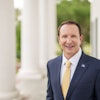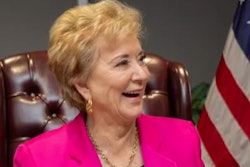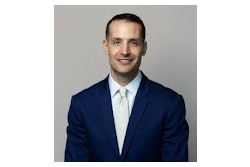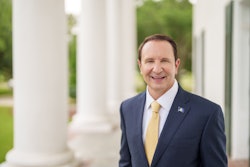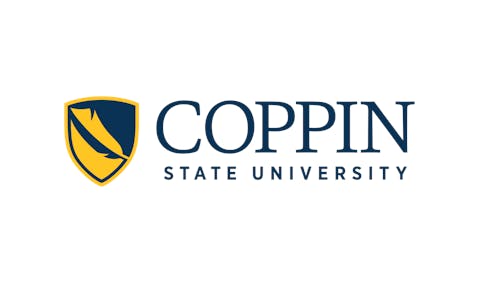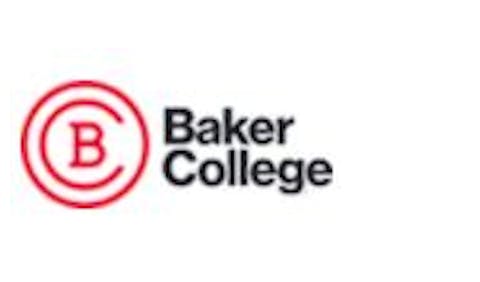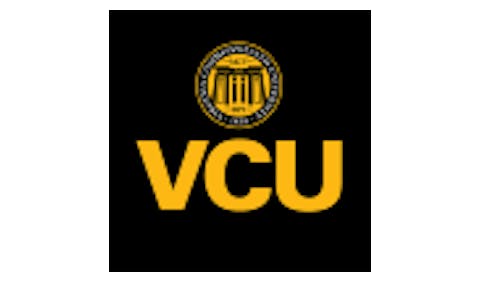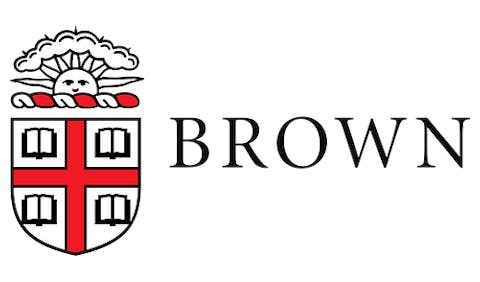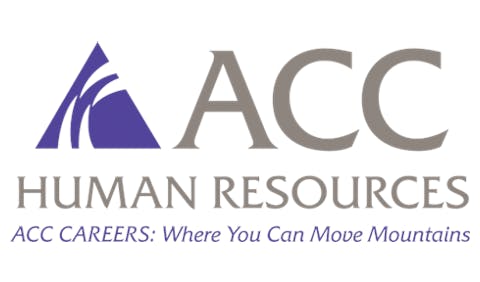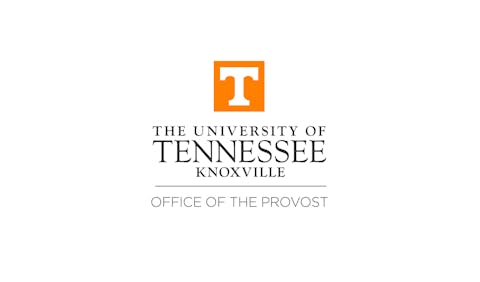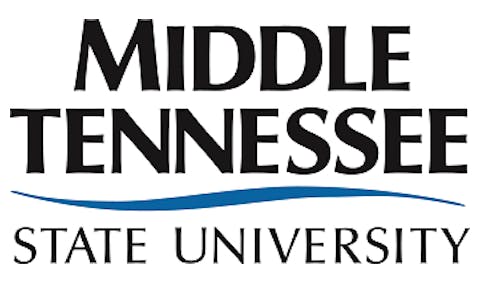The re-election of President Donald J. Trump has brought a sense of uncertainty as 2024 draws to a close. As the year winds down, undergraduate and graduate students, faculty, staff and administration are left to wonder what comes next in higher education.
Several states have already dismantled diversity, equity and inclusion (DEI) programming, and other states anticipate something similar coming their way. Student debt issues loom, and problems due to the rollout of the 2024-25 FAFSA linger. Institutions continue to see presidential resignations, and the leaders of the future try to figure out how best to oversee colleges and universities.
Let’s take a look at the year that was as plans develop for the road ahead.
Attacks on DEI
In March, Dr. Shaun Harper worked with fellow researchers to compile the report “The Truths About DEI on College Campuses” in response to an acrimonious hearing held by the United States House of Representatives Committee on Education and the Workforce titled “Divisive, Excessive, Ineffective: The Real Impact of DEI on College Campuses.” Committee member Burgess Owens, a House Republican, referred to DEI as a “long growing cancer that resides in the hearts of American academic institutions.”
Throughout the report, Harper, the Clifford and Betty Allen Chair in Urban Leadership, University Professor, Provost Professor of Education, Business and Public Policy, and Founder and Chief Research Scientist of the USC (University of Southern California) Race and Equity Center, debunked DEI myths. He and 11 other scholars from around the country wrote essays reflecting on the positive effects of DEI.
These attacks on DEI have impacted higher education “quite disastrously,” Harper told Diverse. “Once you dig into each individual state and each individual institution, there are so many more suppressive activities that are happening.”
He explained that many campus administrators are self-imposing various versions of DEI rollbacks even when not legislatively mandated. “[They’re thinking] let’s get ahead of those attacks by self-imposing a pulling of the plug,” Harper said. “That over compliance as a residual effect of what’s happening in Texas, Tennessee and Florida, is also happening in California. … Even in a place like California, there are higher ed institutions that are behaving as if they are in a restrictive legislative context like Texas.”
Dr. Everrett A. Smith, an associate professor of higher education and coordinator of the doctoral program in urban educational leadership in the School of Education at University of Cincinnati, noted further moves to clamp down on DEI could impact academic freedom of faculty. “There are allegations that some colleges and universities kind of suppress certain political ideological viewpoints,” he said. “That then infringes on the principles of free speech and open inquiry.” Dr. Everrett A. Smith
Dr. Everrett A. Smith
Faculty are the primary conductors of university research and influence the overall intellectual creative direction of their respective fields and institutions, Smith said. Broadly speaking, the areas where faculty typically have had autonomy and academic freedom—curriculum, deciding who teaches what subjects and research—could be impacted by anti DEI agendas.
On a positive note, Vice President Kamala Harris, the graduate of an HBCU, became a U.S. presidential nominee. Harper said it was a huge feat for Howard University, all HBCUs and even Harris’ sorority, Alpha Kappa Alpha, and the other Divine Nine sororities and fraternities. “That is a headline worth celebrating,” he said.
There has been a historic investment from the Biden/Harris administration into HBCUs. Applications to and enrollment in HBCU institutions have continued to increase.
Another positive development in 2024 is that a growing number of states are implementing streamlined pathways between high school and college. Dr. Taylor Odle, an assistant professor in the department of educational policy studies, Institute for Diversity Science, University of Wisconsin-Madison, has done research around direct admissions, where students don’t go through the traditional application process; they simply receive a letter of acceptance.
“There are 10 to 12 states over the last year that have adopted some type of direct admissions program,” said Odle. The California State University system has announced a direct admissions pilot program to begin in 2025. In October, State University of New York (SUNY) announced the Top 10% Promise Program, a direct admissions program that automatically grants acceptance to at least one SUNY institution for graduating high school seniors whose GPAs are in the top 10% of their class and meet specific academic readiness criteria. Enrollment will begin in fall 2025. In the first year, 68 school districts and individual charter schools were invited to participate with a focus on low-income students.
“States and systems of higher ed are moving away from this old guard college application process … to really simplifying the on-ramp into college,” Odle said. “In tandem, many non-profit and for-profit partners are doing the same thing.”
Student Debt/FAFSA Rollout
Throughout his term, President Joe Biden has tried to provide student debt relief and has succeeded in bringing student loan forgiveness to some five million borrowers. In October, the administration announced the approval of approximately $4.5 billion in additional student loan relief for individuals who work in public service, such as teachers, nurses, social workers and first responders.
Such relief is not available to everyone. In a six-to-three ruling last summer, the U.S. Supreme Court decided that there was not authority under federal statute to wipe out $10,000 in federal student loan debt for most borrowers. Other initiatives remain tied up in court.
In October, the National Student Clearinghouse Research Center released data showing an overall 3% increase in enrollment in undergraduate programs for fall 2024 compared to fall 2023. However, the data also shows a 5% decline in freshmen enrollment. The preliminary data indicates the most significant decline is at four-year institutions that serve low-income students.
In an interview with Diverse, Dr. Larry Hlavenka Jr., executive director of public relations at Bergen Community College in New Jersey, said challenges in the FAFSA (Free Application for Federal Student Aid) rollout appeared to be a contributing factor in the college’s freshman enrollment decline. Despite the Department of Education (ED) allocating funding for personnel and resources to facilitate submission of the 2024-25 FAFSA form, issues persisted.
“The whole reason that we’ve been messing with the FAFSA is because it has long been too complicated for people to complete,” said Odle. “It has been an unnecessary barrier to higher education. What they did this year was actually simplify the FAFSA … they just messed up the rollout and the administration of it.”
While in Tennessee this fall, Odle was told the state had more complete FAFSAs filed this year than they did in 2023. With evidence building that it is actually easier for people to complete, in the years ahead there should be a benefit.
“We’re probably going to see demographic shifts in who’s enrolled in college and where they’re enrolled,” Odle said. “Once we figure out how to deliver the FAFSA, how to verify it, how to get students’ information and institutional information on time, we’ll start to see it wasn’t all for naught. It’s not to minimize the huge issue that this was, but we actually accomplished what we were trying to accomplish, which was simplifying the form.”
Presidential Resignations
In September, a survey of over 700 college presidents was detailed in a report released by Academic Search, “2024 Competencies for the College Presidency: A National Survey of Effective Leadership in Higher Education.” Behaving in a trustworthy, consistent and accountable manner was the survey item most frequently rated as very relevant and a critical skill for college and university presidents to possess. Being resilient, coping with adversity and being able to take criticism are also instrumental.
Despite such insights, resignations of presidents have been a part of this year in higher education. Among the highest profile were Dr. Claudine Gay, the first African American female president of Harvard University, who resigned in June, and Dr. Minouche Shafik, the first female president of Columbia University, who resigned in August.
“Specifically to Gay, I do think that her situation as the first Black woman president at Harvard is a little bit different than her peers who also went through resignations,” said Dr. Jorge Burmicky, one of the authors of “2024 Competencies for the College Presidency” and an assistant professor of higher education leadership and policy studies at Howard University. Dr. Jorge Burmicky
Dr. Jorge Burmicky
The data shows that women of color presidents navigate the presidency differently. Part of it is because throughout their careers in academia they have had to develop a very different skill set due to being questioned about their credentials, which Burmicky thinks happened to Gay. He said Gay’s resignation teaches us that nobody is safe, particularly when you’re a “first” at your institution. The onus should not just be on a president to prepare for a presidency. Institutions need to do more to be ready for the type of leader that they want.
“What I’ve said before regarding not just Gay, but a lot of minoritized presidents is that the reality is that no institution is truly going to have your back,” Burmicky said. “You really have to be cautious about why you’re pursuing the presidency and, in my opinion, also be at places where you believe your core values align with the mission of the institution. It’s not if a crisis happens, it’s when a crisis happens that these conversations about core values of mission are going to be extremely salient.”
Mental Health
In the aftermath of the pandemic, awareness of student mental health has come to the forefront. In April, ED and the Institute for Higher Education Policy held sessions titled “Securing the Mental Health of America’s College Students.” Data shows that unmet mental health needs are linked to adverse student outcomes. Crafting policies and services attuned to student needs were emphasized.
“‘Mental health crisis’ was a term coined in 2020, which still continues to be used, but it’s one I have a really hard time with,” said Dr. James Geisler, executive director of wellness services at Sacred Heart University in Connecticut. “In the mental health field, a crisis is acute. … A crisis doesn’t last four years. If there’s a crisis, we have to be prepared with resources to respond.”
Geisler said he’s seen colleges and universities hiring more counselors and investing in technological support for students, but problems persist. He feels it calls for new strategies because mental health impacts student success.
“Something I’ve been passionate about since 2020 is that I refuse to have a waitlist for students,” said Geisler, who oversees health promotion, prevention and collegiate recovery (substances). “Since I’ve been here, we have same-day services five days a week.”
Geisler said student mental health is not the sole responsibility of a counseling center. It is the responsibility of an entire campus—faculty, staff, administrators and fellow students. His goal is to destigmatize mental health care and make students aware of the available resources. In addition to long-time problems like loneliness and acclimating to a new environment, current undergraduates may be experiencing relatively new issues like the influence of social media.
Geisler has written a book titled Thrive Year One: The Essential Mental Health Workbook for First-Year College Students, which includes prompts and questions to challenge young adults embarking on a new, life-changing experience. He hopes this book will not only be a valuable tool for first-year students, but also fuel ongoing conversations about mental health struggles in the world of higher education.
“My belief is that healthy campuses start long before students set foot on campus,” Geisler said, suggesting individuals read the book before starting college. “It starts when they’re given the opportunity to be successful and think about their mental health, so they don’t have to struggle as much.”




